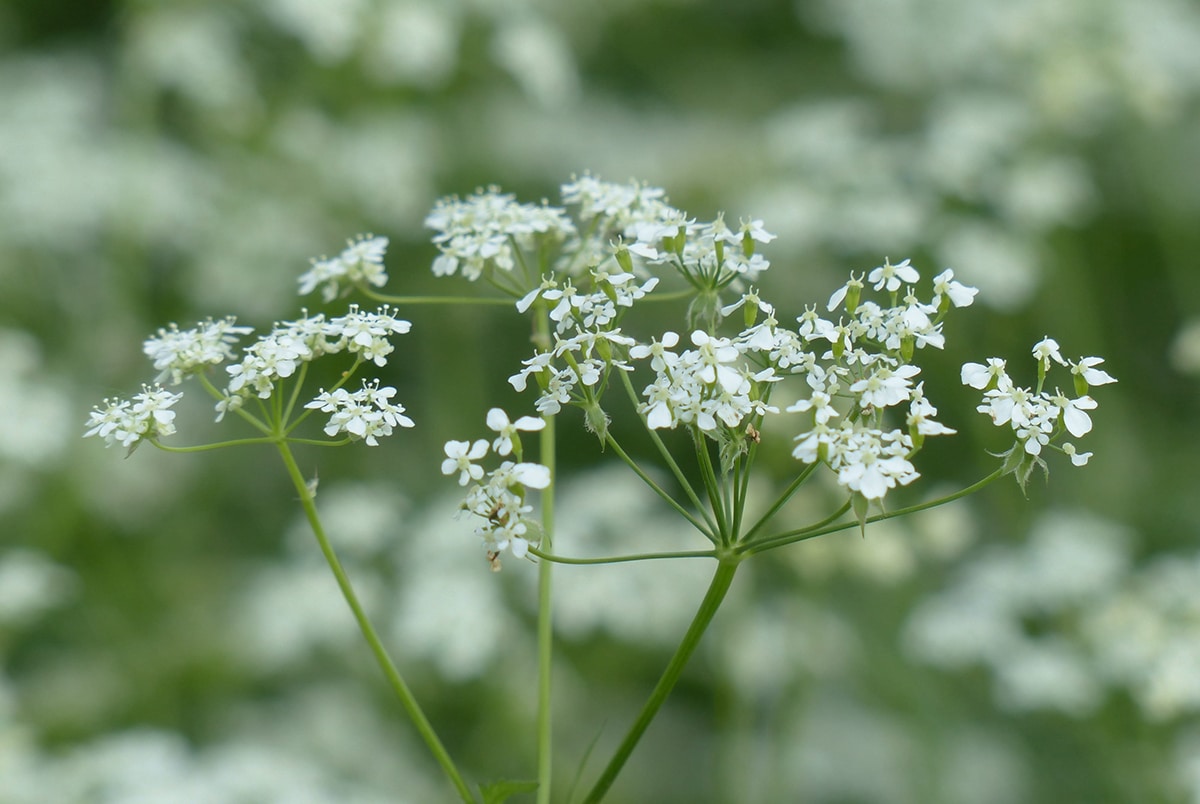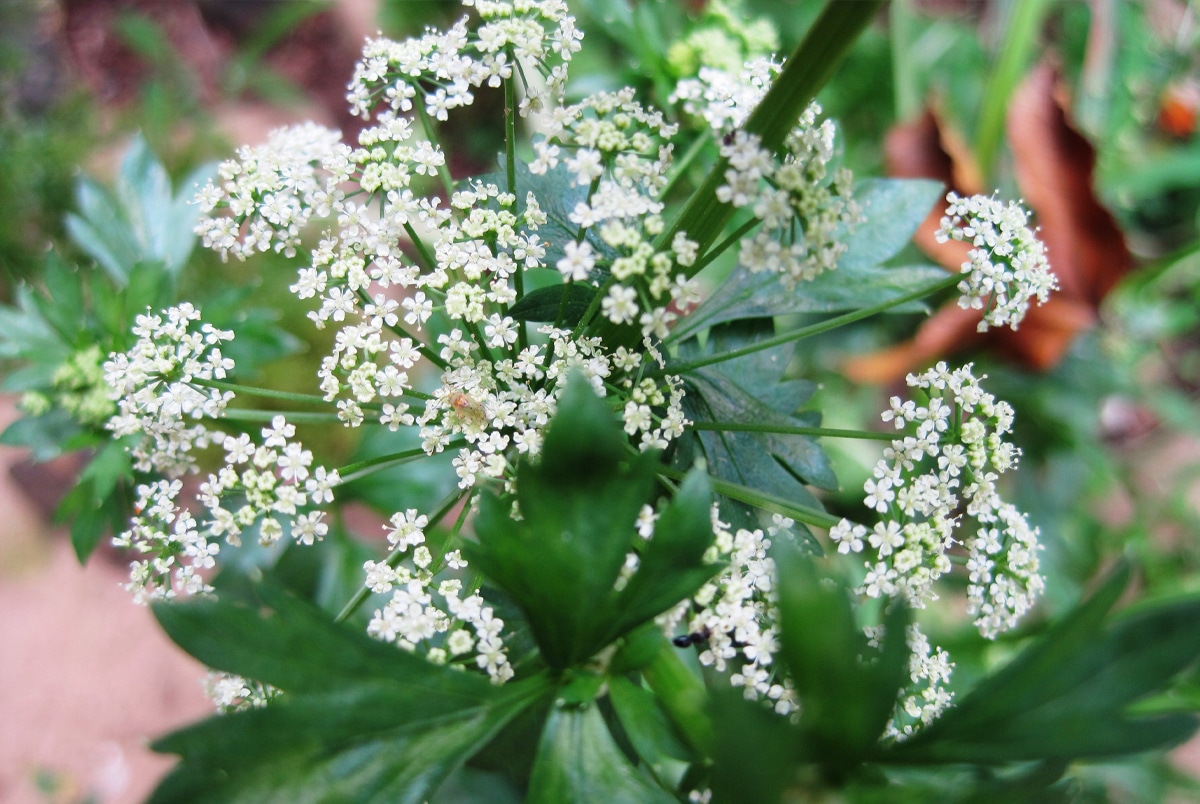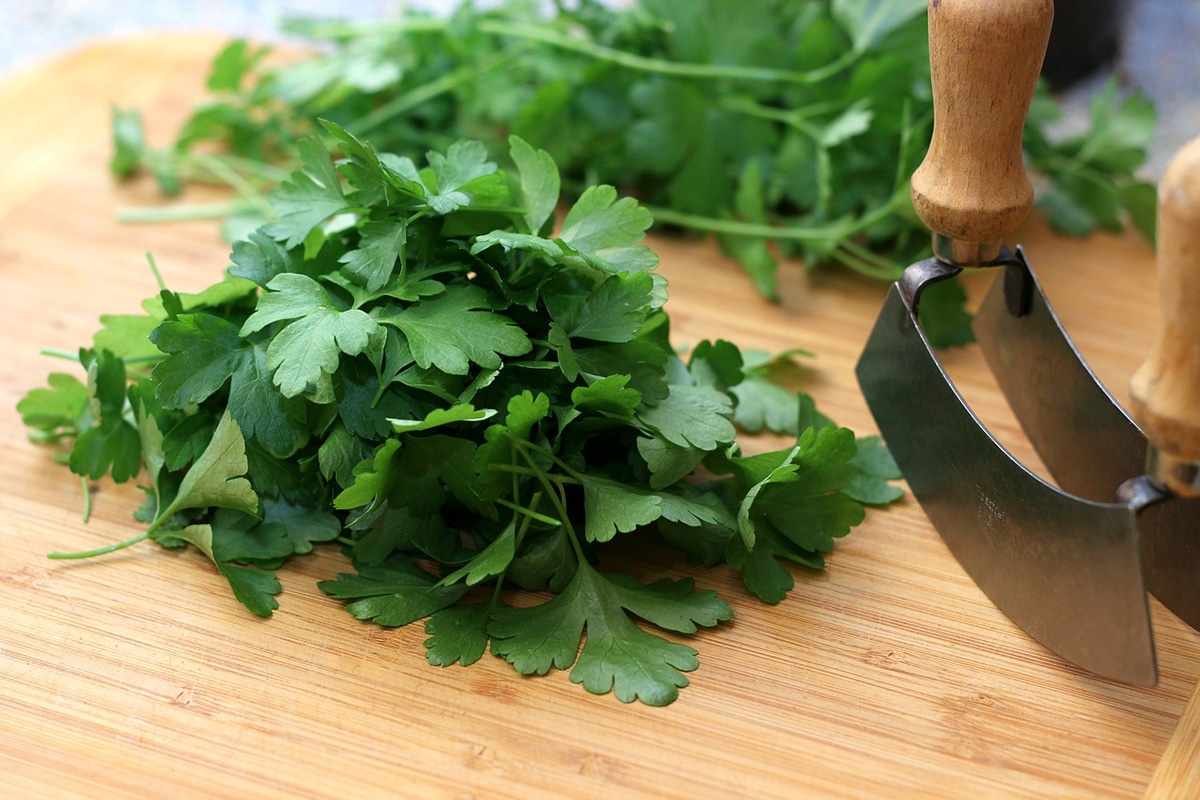
Without a doubt, parsley is one of the most consumed aromatic plants in the world. Its delicious leaves add a touch of flavor to various dishes. Therefore it is not surprising that it is a vegetable grown in many homes. Although it is mainly known for its leaves, it also has other lesser-known components that are edible. In this article we want to focus especially on the parsley flower.
If you want to know more about her, I recommend you keep reading. We will explain what it looks like and what are the uses that can be given to it. After more than two thousand years of cultivation, it is not surprising that we have learned to use different parts of this vegetable, right? Parsley went from being a sacred plant to being used in medicine, and later in gastronomy. I hope this information is interesting for you!
How is the parsley flower?

We all know more or less what parsley leaves look like, highly appreciated in various culinary dishes from all over the world. But if you have ever grown it at home, perhaps at some point you have been able to see the parsley flower. Flowers are usually removed as soon as they appear so that the plant continues to grow strong and healthy.
In general, the parsley flower appears in the second year after planting this vegetable. They really are groups of many small flowers that meet in umbels. and which grow from a fairly long flower stalk. Usually, their color is white with a greenish tone when they are still very tender, with the passage of time they turn yellowish (very similar to celery flowers). The seeds they produce are oval and flattened, with greyish and brown tones. As for the flowering time, this is usually in summer.
Benefits of parsley
It is no mystery that parsley has many benefits for our health. Although mainly the leaves are consumed, the flowers are usually more intense. This plant is rich in minerals and vitamins, as long as it is consumed raw. Cooking it can remove some vitamin components. But fresh, this vegetable provides high levels of vitamins A, C and K. In fact, its vitamin concentration is three times higher than that of an orange. Additionally, the amount of vitamin K found in parsley is six times the generally recommended amount. It should also be noted that it helps to absorb calcium and that it is rich in fiber.

As for medical uses of this vegetables, let's see what they are:
- Diuretic
- Digestive
- antirust
- Detoxifying
- blood stamina regulator
- Activation of the immune system
Historically, parsley was used to combat cancer, anemia and arthritis and was also used as an antimicrobial, expectorant, laxative, hypotensive and aphrodisiac. However, noThere are no scientific studies that support the efficacy of these effects.
At a culinary level, parsley, especially its leaves, It is used as an aromatic herb in a wide variety of foods. In general, it combines very well with garlic, since it neutralizes the strength of its flavor, achieving a good balance. In fact, the combination of garlic and parsley is also known as "ajillo". So, whenever you see that a dish says "with garlic", it means that it is accompanied by garlic and parsley. This combination is very common, especially with shellfish and fish.
What to do with parsley flowers?

Apart from the leaves, other parts of the parsley can also be consumed, such as the seeds, the roots, the stems and also the flowers. These various elements allow us to add new nuances of flavors and textures than using only the leaves. Focusing on the parsley flower, It should be noted that it usually has a more acid and aniseed flavor. It can even have a bitter and spicy touch at the end. As for the texture, it is usually rough and grainy, thus producing new sensations when enjoying this delicious aromatic plant. These leave a slight metallic touch, very similar to carrot and celery.
When it comes to creating dishes with an intense and fresh touch, we can take advantage of the touch that both the buds and the parsley flower give it. These elements are ideal to add to salads, lemon balm, taboulés with mint, rocket leaves, tarragon and other edible vegetable leaves or flowers. The result will be truly spectacular dishes. We can also consume the seeds as a spice. They are very rich in stews along with others such as fennel, dill, cumin or cilantro. It should be said that the seeds are frequently used to make infusions, since they have many medicinal properties.
Do you dare to try the parsley flower?